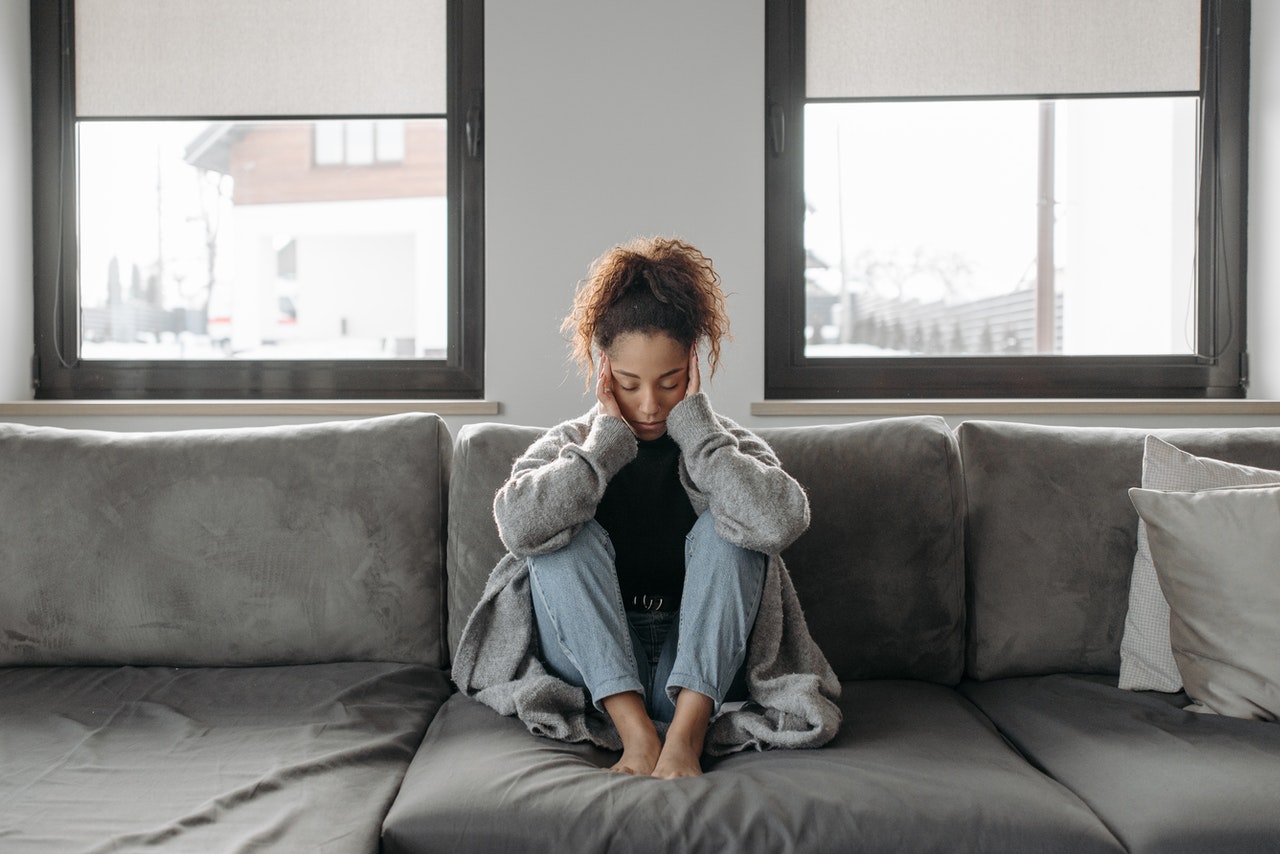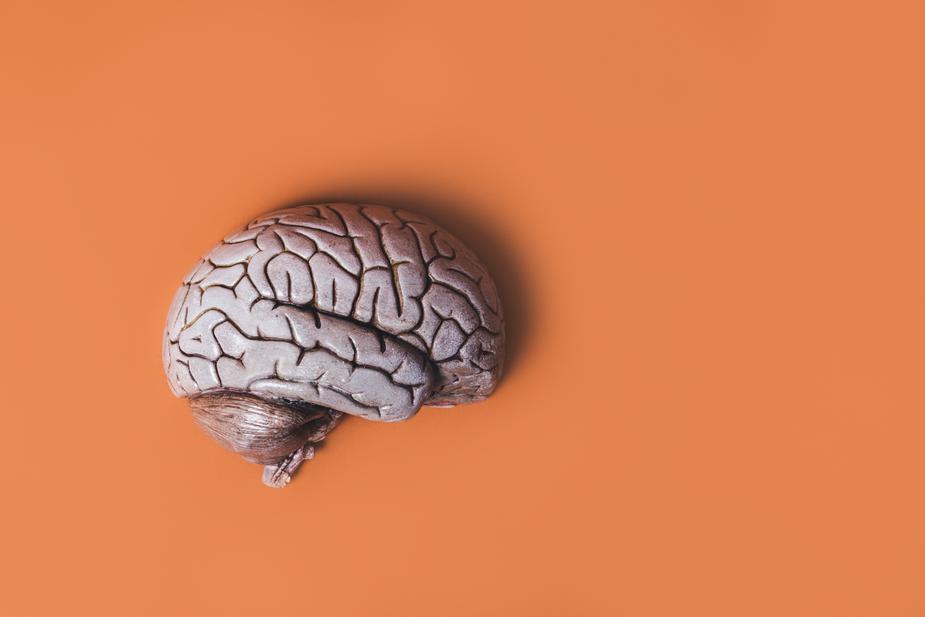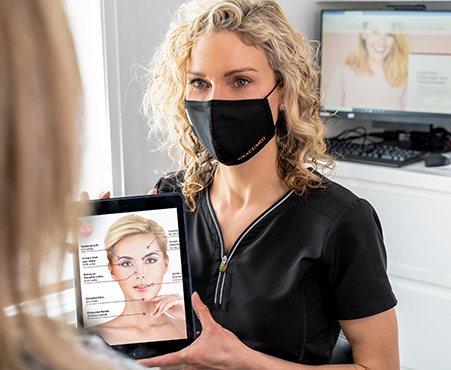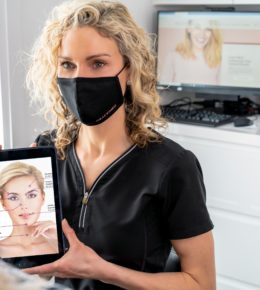
Credit: Liza Summer via Pexels
Headaches on their own can be excruciating, but migraines aren’t standard headaches. Many people who live with migraines find that the pain is so intense that they can’t do anything — they can’t work, sleep or talk. All they can do is take a painkiller, move into a dark room and wait for the pain to subside.
What differentiates migraines from headaches is that headaches are periodic pains, while migraines are neurological disorders that are directly related to chemicals and nerve pathways in the brain. Migraine attacks have headaches. They also come with additional symptoms like blurred vision, nausea and light sensitivity.
Most people who have migraines get them sporadically. These are called episodic migraines. They happen once in a while and are usually brought on by triggers like stress, alcohol and changes in the weather. Episodic migraines can be exhausting but manageable.
A small group of migraine sufferers, however, experience chronic migraines. Chronic migraines are when you have 15 or more headaches per month for at least three months in a row – which is often debilitating.
While there are medications available to help reduce migraine-related pains and the frequency of migraine attacks, one of the most surprising benefits of Botox is that it can be used as a treatment for chronic migraines. So, if you suffer from this medical condition and haven’t had any success with other treatment options, consider the potential benefits of getting Botox for your migraines. You can visit GraceMed to get Botox in Mississauga to treat the problem. We also offer this service at our Oakville cosmetic clinic, Burlington clinic and North York clinic.
Learn how Botox can offer you some much-needed relief for your migraines.

Credit: Karolina Grabowska via Pexels
The Medical History of Botox
Botox injections are commonly recognized as a solution for wrinkles and fine lines, so it might surprise some to find out that it has a long medical history. The main ingredient of Botox, botulinum toxin, was first used in the 70s to treat crossed eyes (strabismus). This was before the product Botox even existed!
The injectable Botox was officially introduced to the market in 1989, which means we just passed the 30th anniversary of Botox. Since its inception, Botox has been used to address a variety of medical conditions like neck spasms, overactive bladders and, of course, chronic migraines.
Understanding Migraines
Migraines
A migraine is a moderate to severe headache that comes with a whole host of other symptoms. In addition to the intense pain and pressure around the head, people often experience nausea, dizziness, eye pain, temporary vision loss, and sensitivity to light/sound. Migraine attacks can span between hours or days before they dissipate and allow you to feel “normal” again.
More Canadians have had migraines since the beginning of the COVID-19 crisis. Experts attribute this rise in cases to a variety of factors, like increased stress and breaks in routine.
Chronic Migraines
Chronic migraine patients have 15 or more headaches per month for at least three months in a row. Out of these monthly headaches, eight or more should be classified as migraines. According to Migraine Canada, 1 to 2% of the population suffers from this.
Women are more likely to suffer from chronic migraines, which is likely linked to hormonal fluctuations throughout their monthly cycles. Hormonal changes during pregnancy and menopause can also contribute to the problem.

Credit: Pavel Danilyuk via Pexels
Botox for Migraines
After Botox was approved as a cosmetic solution for wrinkles and fine lines, doctors started to notice that their patients reported that they were having fewer migraine headaches. As this pattern continued, the medical community invested more research into this potential treatment for people living with chronic migraines.
In 2010, the FDA approved Botox for chronic migraines. In 2011, Health Canada followed suit.
Over the years, more scientific research has been conducted to test the efficacy of this treatment for chronic migraines. The findings support the anecdotal evidence provided by doctors who gave patients cosmetic Botox. Here are just some examples of research that point to the treatment’s effectiveness:
- This 2016 study from Therapeutic Advances in Neurological Disorders states that Botox leads to a reduction in monthly headaches and improves the quality of life for patients with chronic migraines.
- This 2018 study in The Journal of Headache and Pain found that long-term treatment was effective, safe and well-tolerated by test subjects over a three-year period.
- This 2019 paper from Plastic and Reconstructive Surgery analyzed 17 studies comparing Botox and placebos for chronic migraine patients. They concluded that Botox is a superior choice to the placebo and offers a real benefit to patients while offering few and mild adverse effects.

Credit: Shopify Partners via Burst
How Does Botox for Migraines Work?
Botox is a neuromodulator, and neuromodulators can block the signals made between nerves and muscles. When it comes to wrinkles, Botox can block the nerve signals telling the muscle to contract. It forces the muscle to relax, which in turn forces the skin above it to relax. This is how the injectable smooths out wrinkles and fine lines.
So, how does Botox work for migraines? Doctors believe that the neuromodulator stops the brain’s pain signals from reaching the nerve endings in the head and neck. When those pain signals don’t reach the nerves, the nerves don’t respond with the inflammation and sensitivity that precede migraines. Botox essentially disrupts the sensory pathway and keeps the area more relaxed.
In addition to blocking pain signals, Botox can also relieve some of the muscle contraction associated with migraines. It forces the muscles in the head and neck to relax. In this scenario, the benefit of this relaxation isn’t smoothing out wrinkles on the surface — it’s preventing the muscles from tensing unconsciously and causing pain.
Who Should Get This Treatment?
Botox is only approved for people who suffer from chronic migraines since it’s not an effective treatment for other types of migraines or headaches. If you have episodic migraines, this will not be available as a solution.
Patients should have an official diagnosis for chronic migraines and should have tried other treatment options beforehand. If you think that you have this medical condition, you should see a doctor to get a diagnosis and learn about treatment options first. If you’ve taken this step and tried other suggested treatments with little to no success, then you should look into Botox as a solution.
What Can You Expect at an Appointment?
A Botox treatment for chronic migraines is similar to a cosmetic Botox treatment. The main difference is that there will be a higher number of injections. You should expect to get between 30 to 40 shots in total.
Where do they inject Botox for migraines?
The injections will be strategically distributed around your neck, shoulders and head. Here are some of the most common injection sites for migraine treatment.
What if you’ve never had Botox injections before?
If the entire experience is new or intimidating to you, don’t worry — the session will be quick, and the pain will be minimal. A session typically lasts between 10 to 15 minutes. The needles are very small. They should feel like pinches or pinpricks.
There is no recovery time needed after a session. You can finish your appointment and then go back to your regular day.
How Long Does It Last?
The effects of Botox aren’t permanent. They’re temporary. The substance is eventually metabolized by the body, so patients that want to maintain their Botox results will need to schedule sessions in the future.
The good news about the temporary nature of Botox is that it lets patients determine whether it’s working for them or not. If they don’t feel any different from the treatment or don’t like the experience, they can choose to stop.
Chronic migraine patients should expect to get rounds of injections every three months. Their doctor will recommend the length of their overall treatment plan based on the seriousness of their condition and their response to the sessions.
It’s not recommended to get injections more frequently. There is a concern that patients who get Botox injections for migraines — or for any cosmetic purposes — too frequently might develop antibodies to the ingredients. This will make the injections less effective. So, spacing out sessions by at least three months is important.
What if you want to use Botox for migraines and wrinkles?
If you want to smooth out your wrinkles while treating your chronic migraines, you might want to look into dermal fillers to minimize your use of Botox. You can accomplish the same goals without testing your body’s tolerance to Botox.
What are dermal fillers?
Dermal fillers are injectables that mimic the look and feel of natural tissue or bone. They are used to augment lips, define cheekbones, and smooth out fine lines and wrinkles on the face. You can use our simple guide to dermal fillers to learn more about this popular cosmetic treatment.
Book your appointment for dermal fillers in Toronto at GraceMed. We offer this service at our clinics in North York, Burlington and Oakville.
When Will You See Results with Botox for Migraines?
When can patients expect to see results? When it comes to Botox for migraines, the results are not instantaneous. Patients may see improvements within four weeks of their first appointment. However, it could take longer to feel any significant results.
Patients who don’t see any improvement after their first session shouldn’t give up on the treatment entirely. They should give themselves some more time. It’s often recommended to wait through three cycles of Botox (nine months) to see positive results. According to Migraine Canada, 10% of patients only notice improvements after their third session. These patients often have severe cases of chronic migraines.

The Benefits of Botox for Migraines
One of the biggest benefits of Botox for migraines is that it can reduce the frequency of migraines and headaches. In some cases, it can reduce the number by more than half. Patients that suffer from an average of 20 headaches per month could have 10 or fewer after their treatment.
Botox can minimize the intensity of migraines and headaches. Symptoms like pain, auditory sensitivity, light sensitivity and dizziness may be less severe, and the experiences can feel much more tolerable.
Botox can make acute treatment options more effective, so patients find it easier to soothe the pain of their migraine attacks with medication. Some find that the attacks are so mild that they don’t need medication any longer! It can also make patients less sensitive to common migraine triggers, like red wine, chocolate and hot weather.
Most importantly, the treatment improves the quality of life for patients. They don’t have to worry as much about headaches and migraines interrupting their days. They don’t have to take time off work or school. They can attend social functions without having to leave early and rush home. Their medical condition won’t have as much control over their day-to-day life.
Botox Migraine Coverage
Provincial and private health plans don’t cover the costs of cosmetic Botox, but they can help cover the costs of medical Botox.
Patients that live in Ontario can have their initial assessment for chronic migraines and referral for medical Botox covered by OHIP. OHIP will not cover the costs of Botox sessions, so the provincial plan will only help with a small segment of these costs.
Private insurance plans often offer coverage for Botox treatment for chronic migraines. Before making an appointment, patients should check with their providers to see how much coverage they can get for their sessions.
GraceMed and Botox
Botox could be the key to finding relief from your chronic migraines! If you’re interested in this effective solution, you should talk to your doctor and book your first botox treatment at one of our GraceMed clinics in the Greater Toronto Area.
Going through this treatment could stop your chronic migraine problem from being such a headache!


